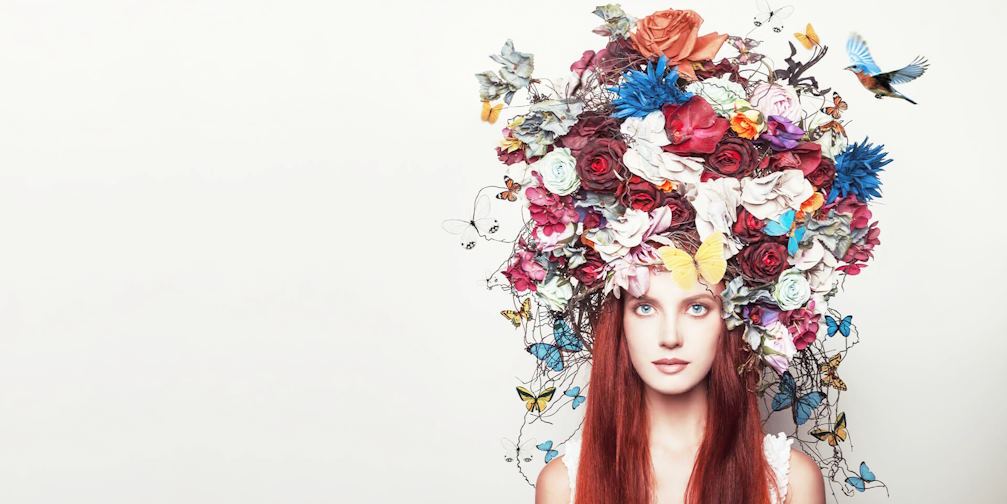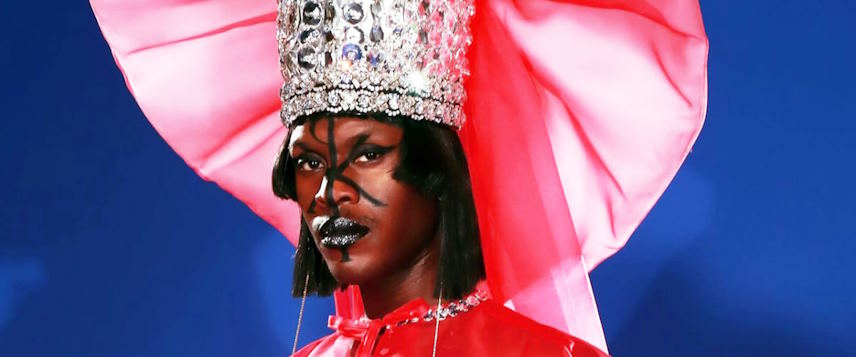Capturing Timelessness: Transforming Youth into Modern Art Through Photography
Photography, with its power to freeze moments in time, is
Read more...
The intersection of fashion and art has long been debated, with opinions diverging on whether the creation and appreciation of style can be classified as a form of art. This article delves into the multifaceted discourse surrounding the question: Is fashion truly an art? By exploring the distinctive qualities of both disciplines and the evolving nature of creativity, we aim to navigate the complex terrain where aesthetics, functionality, and personal expression converge.
At its core, fashion and art are expressions of creativity, each harnessing the power of aesthetic language to communicate ideas, emotions, and cultural narratives. Fashion designers, like artists, conceive and craft visual compositions that extend beyond mere functionality. The fusion of color, texture, form, and history in fashion collections often mirrors artists’ aesthetic choices on canvas. The deliberate selection and arrangement of these elements in garments contribute to a visual language that speaks to the artistic nature of the craft.

While art is often celebrated for its autonomy, existing for its own sake and free from practical concerns, fashion grapples with the duality of functionality and aesthetics. Clothing serves a practical purpose, providing shelter, identity, and social expression. However, the boundary between practical necessity and artistic autonomy in fashion is increasingly blurred. Designers push the limits of conventional functionality, creating garments that transcend mere clothing and emerge as wearable art. This tension between functionality and artistic expression fuels the ongoing debate on whether fashion can be elevated to the status of art.
Both art and fashion have the power to shape and reflect cultural narratives. Art often serves as a mirror to society, offering commentary on historical, political, and societal issues. Similarly, through its cyclical trends and design choices, fashion reflects and influences cultural perceptions and norms.
Fashion designers become cultural curators, shaping the visual language of their time and contributing to the evolving tapestry of collective identity. The shared capacity of art and fashion to provoke thought, challenge conventions, and evoke emotional responses further blurs the distinction between the two.